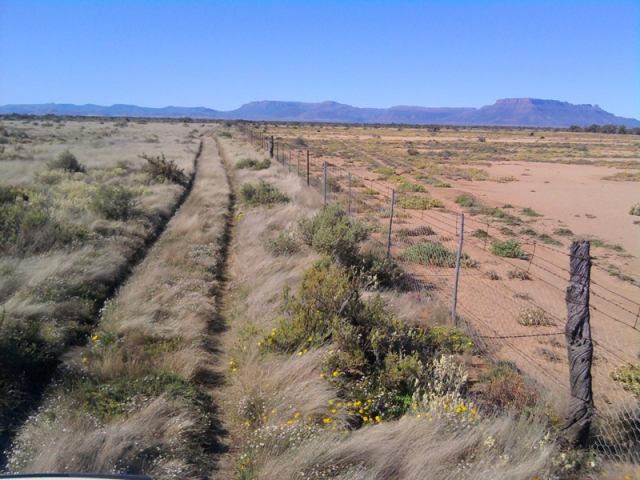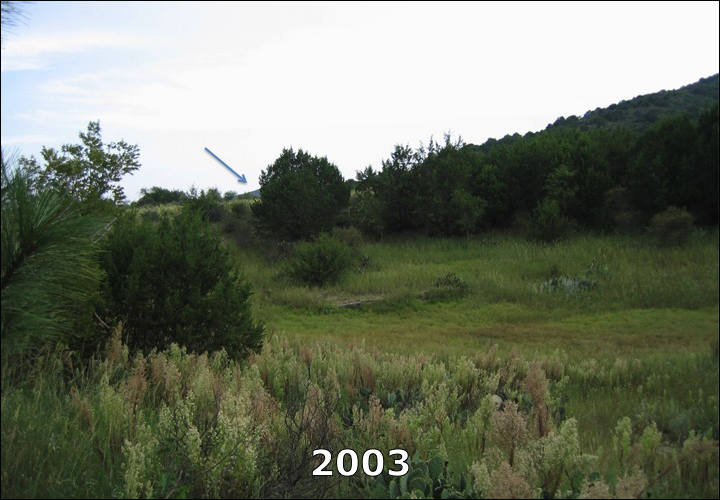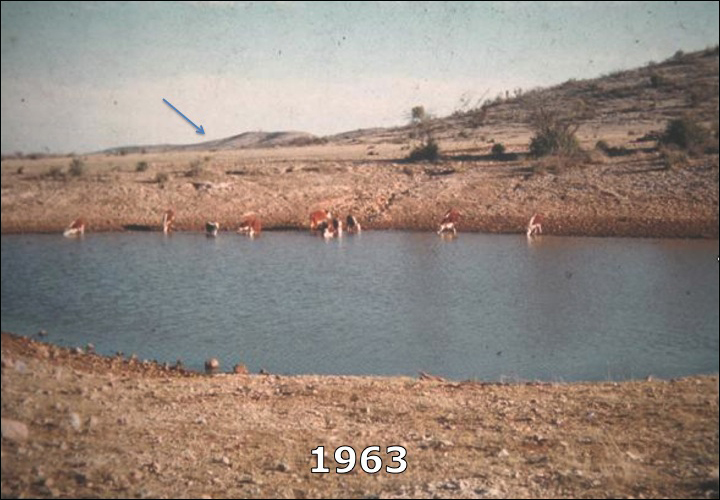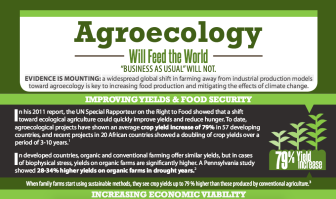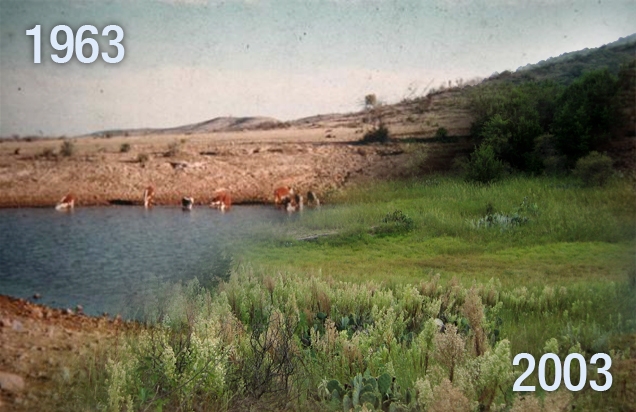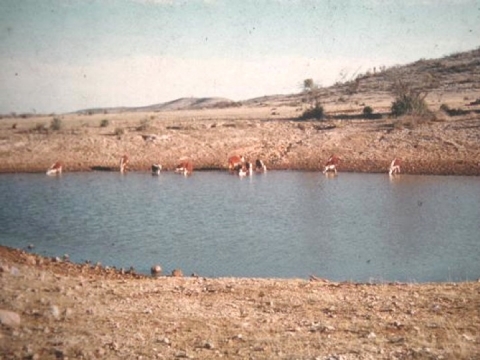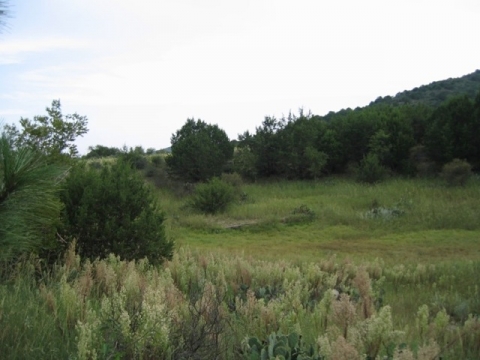Beavers are being looked at as little climate change fighting machines
Author: Sarah Koenigsberg
Like beavers themselves, the human subjects of Koenigsberg’s documentary, The Beaver Believers, are climate change activists.
“They’re almost seeing climate change as an opportunity to act, to get involved, to fix problems we’ve actually had in our watersheds for several decades now. That just struck me as exactly the kind of inspiring climate change story that we really need to be telling,” says Koenigsberg, a Washington-based filmmaker.
“The Beaver Believers” features the stories of people who share the common passion of restoring the beaver in the West by trapping and relocating the animals to habitats that could use a beaver’s touch.
Sherry Tippee, a hairdresser and an animal lover from Colorado, heard of beavers that were going to be killed because they had taken up residence in an urban environment. She saved them, and had gone on to become the leading live trapper in all of Colorado.
Of the six people featured in the film, some work for the federal government or the forest service, while others are like Tippee: people who have found purpose reintroducing beavers to their former lands.
Before European fur trappers arrived in America, beavers numbered in the millions.

